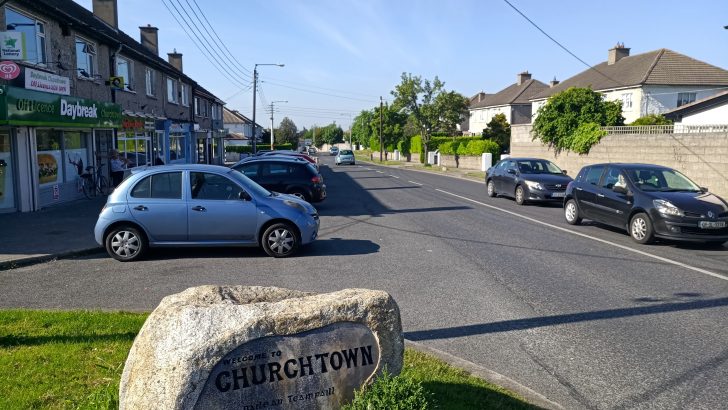The other week we reviewed in these pages an interesting, indeed important, book about new development of church architecture in Germany and Ireland after World War II.
Of course, after the massive destruction during World War II when a large swathe of Northern Europe, from Brittany to Byelorussia, from the port of Brest to the city of Minsk, suffered at the hands of the warring nations, there was a pressing need for the erection or renewal of places of worship, Catholic and Protestant, as well Jewish, across these regions.
This led to the development of a new modern style for places of worship that could be quickly built for the revival of civilian life – in other words civilisation – in Europe. Eventually this new style, modernism adapted to pressing public need, seeped into Ireland, and was swept up in the Vatican II enthusiasm.
However, the book set me thinking. What was needed was not only individual churches. In many places a sense of community needed rebuilding too.
In the same period Dublin began in earnest its massive (and still continuing growth) which involved the erection of many new parish churches, many in the time of Archbishop McQuaid, many more since.
It came back to me that in those years when I gave voluntary time to the Central Catholic Library as Honorary Librarian, we often got enquiries about many kinds of things. One I recall was from a man who was preparing a history of the church at Churchtown.
I gave him the benefit of my views. I unfolded from a copy of the Diocesan Directory of 1968 a detailed reprint of the official Ordnance Survey map of the city on which had been carefully overprinted in red the parish boundaries. These have changed, of course, over the years, and their expansions and now contractions, tell its own revealing tale of the Catholic Church in the city and suburbs.
Core
I pointed out to the budding historian that when one looked at the layout Churchtown on the map one could see how it had been developed. At the heart of it were the new church, but also convents, colleges and schools, as well as shops, and other social arrangements and facilities. These were not there as add-ons, but as a social armature around which everything else was wound.
Around this core the roads – there are no streets in the suburbs – were spread out, but the place had always had an important social and religious centre. This was called prevision.
But as it has now largely vanished from more recent developments, such as what is currently going around us every day, mainly in the suburbs: great isolated towers of flats rising from a bleak streetscape.
These provide accommodation, but not homes.
One could trace this basic plan at Churchtown back through the cities of Europe to classical times: London for instances had its beginnings around a basilica which looked over the forum, erected on the higher ground above the Thames, there crossed by a bridge, much where St Paul’s stands today.
The church was a part of the community development. It was not, as I say, an add on. The community needed, let’s say to be ecumenical, a variety of temples and around these people settled to live.
This was the history of the development of Churchtown that could be read off the map. I had not detailed information about what had actually gone on, the sorts of things that interested the potential author. Doubtless he eventually went a different direction, as parish histories so often do, drowning in detail about the building, failing to see the community whole. But nevertheless I still believe that Churchtown has lessons for today.
As I say this manner of development is so obvious and so effective one wonders why it failed. It failed quite simply because what came after was not ‘community development’. It became ‘property development’.
It made a small number of people very wealthy – their names are familiar to everyone – but it made the communities poorer, by depriving of them of that that all settled areas need: culture, imagination and spiritual vision for humanity.


 Peter Costello
Peter Costello Churchtown in Dublin
Churchtown in Dublin 